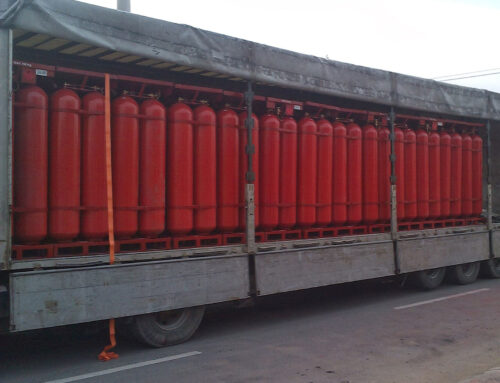The Cryogenic Industry: An Overview
Cryogenics is the science and technology of producing and using very low temperatures, typically below -150°C. The cryogenic industry is a diverse and growing sector that encompasses various applications, such as superconducting magnets, rocket propulsion, gas liquefaction and separation, medical imaging and cryosurgery, food preservation and biobanking, and quantum computing.
In this article, we will provide an overview of the cryogenic industry, its main segments, challenges, and opportunities. We will also highlight some of the recent developments and innovations in this field.
Main Segments of the Cryogenic Industry
According to a report by Grand View Research, the global cryogenic equipment market size was valued at USD 17.03 billion in 2019 and is expected to grow at a compound annual growth rate (CAGR) of 3.7% from 2020 to 2027. The report identifies four major segments of the cryogenic industry based on product type: tanks, valves, pumps, and vaporizers.
Tanks are the largest segment of the cryogenic equipment market, accounting for 55.5% of the revenue share in 2019. Tanks are used to store and transport cryogenic fluids, such as liquid nitrogen, oxygen, argon, helium, hydrogen, and natural gas. Tanks can vary in size, shape, design, and material depending on the application and the operating conditions.
Valves are the second-largest segment of the cryogenic equipment market, accounting for 21.4% of the revenue share in 2019. Valves are used to control the flow and pressure of cryogenic fluids in various systems and processes. Valves can be classified into different types based on their function, such as pressure relief valves, check valves, globe valves, ball valves, butterfly valves, and solenoid valves.
Pumps are the third-largest segment of the cryogenic equipment market, accounting for 12.8% of the revenue share in 2019. Pumps are used to transfer cryogenic fluids from one location to another or from one pressure level to another. Pumps can be classified into different types based on their working principle, such as centrifugal pumps, reciprocating pumps, diaphragm pumps, and turbine pumps.
Vaporizers are the smallest segment of the cryogenic equipment market, accounting for 10.3% of the revenue share in 2019. Vaporizers are used to convert cryogenic liquids into gases by using heat from various sources, such as ambient air, water, steam, or electricity. Vaporizers can be classified into different types based on their design and operation mode, such as ambient vaporizers, water-bath vaporizers,
electric vaporizers, and steam-heated vaporizers.






